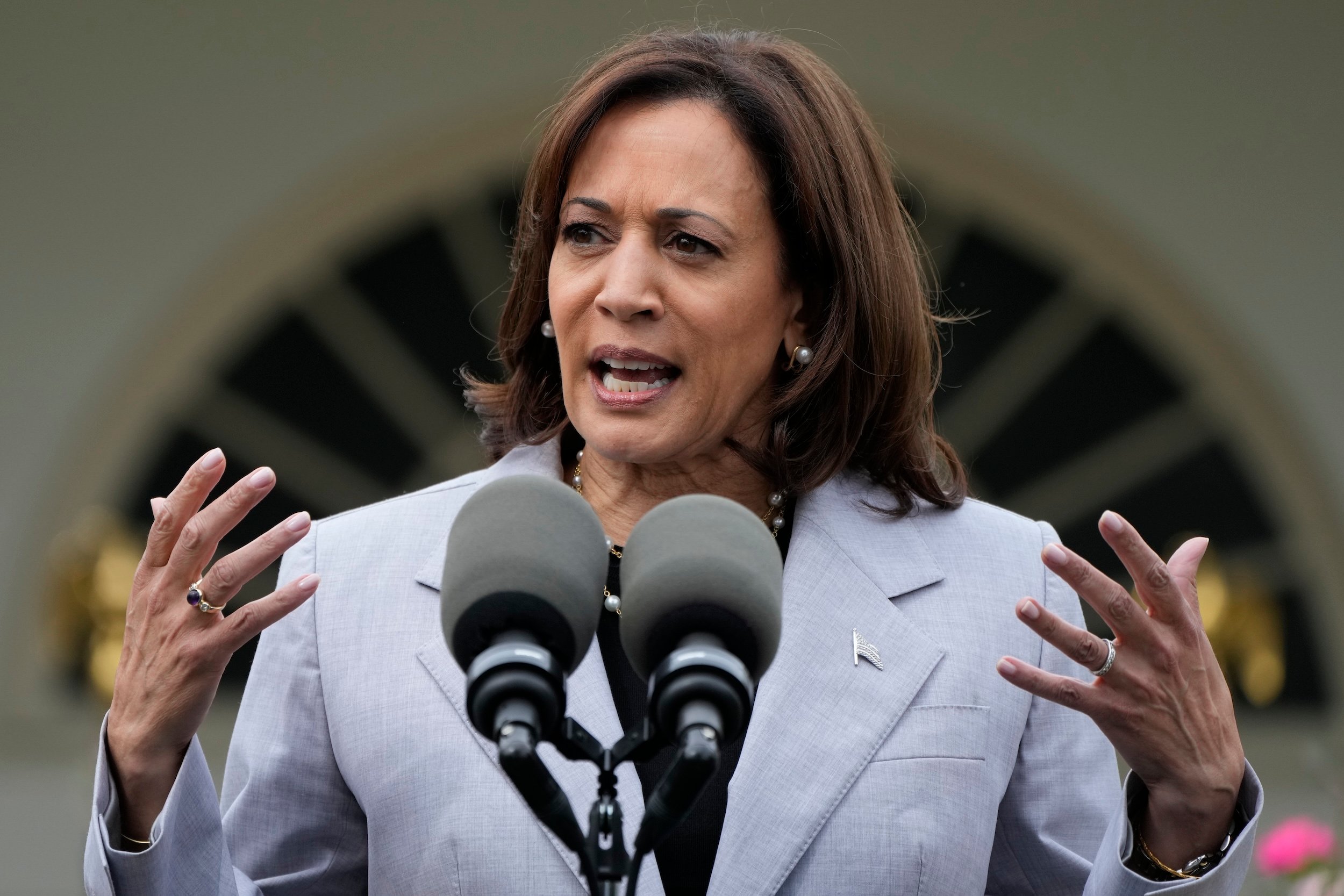What To Know Today
“Now is the time”: CDC director vows to go all in on gun violence research. “We haven’t spent the time, energy, and frankly the resources to understand this problem because it’s been so divided,” Dr. Rochelle Walensky said in an exclusive interview with CNN. Walenksy’s public comments prioritizing gun violence research are a nod to the relative silence on the issue among agency heads since a 1996 budget rider called the Dickey Amendment banned federal funding for research that would “advocate or promote gun control.” The study of firearm violence subsequently came to a near-standstill at the Centers for Disease Control and Prevention and other federal agencies because leaders feared the work could jeopardize their congressional funding. In 2018, Congress clarified that the Dickey Amendment did not prohibit the CDC from researching gun violence at all, and in 2020 the agency (along with the National Institutes of Health) again started receiving millions in federal funds. Cognizant of the bitterly divided politics surrounding the issue, Walensky noted, “I’m not here about gun control. I’m here about preventing gun violence and gun death.” Exploring the root causes of gun violence: “The firearm injury is probably the most distal part of what happens,” she said of many gun homicides and suicides. “It is the end event. What are the 10, 12, 15 things where we could have intervened before that singular event?”
As school year begins, D.C. tries to prevent violence that happens during student commutes. Since 2017, the city has placed violence interrupters and police officers in public transportation sites that have previously seen fatal student conflicts. But the pandemic upended things, and teachers and administrators have had difficulty monitoring conflicts among students or directing mental health services and mediation to those in need (J. Brian Charles reported on that problem last year in Philadelphia). Among other ideas, the city is rolling out a three-year, $14 million program to hire and station more than 200 people to supervise students during commutes. Workers will help identify those who could benefit from additional mental health or other services. The Washington Post has more on the question of how schools prevent violence that happens outside of the classroom, particularly with shootings soaring. Related: Richmond, Virginia, began a new violence prevention grant program to target at-risk middle schoolers with stipends and a combination of programming and wrap-around services. Jennifer Mascia has more in our latest Weekly newsletter.
ICYMI: In Chicago, controversy mounts over gunshot detection sensors. Trace contributor Jim Daley dives into ShotSpotter, which operates systems in more than 100 U.S. municipalities and has one of the nation’s largest in Chicago. It recently came to light that the city had quietly renewed a multimillion-dollar contract with the company. But activists and leaders are increasingly questioning whether ShotSpotter is money well spent, as evidence mounts that the system is ineffective at preventing shootings and may lead to needless — and sometimes deadly — encounters with police in communities of color. Meanwhile, new documents provided to The Trace add to growing questions about the accuracy of the company’s gunshot detection technology.
Pushing for police accountability in Columbus, Ohio. Since 2016, the city’s officers have fatally shot six juveniles, and the rate of officer killings of young people since 2013 is higher than most other police agencies nationwide. The Guardian reports on activists’ and residents’ concerns over accountability and skepticism about the commitment to reform by a mayor who has pledged to fund more community-focused violence prevention efforts and called for a Justice Department investigation into the city’s police department.
Jacob Blake Jr. expects to walk again even as his battle through trauma remains fraught. The 30-year-old Black man whose shooting by police in Kenosha, Wisconsin, set off widespread protests and civil unrest shared the good news after the one-year anniversary of his shooting last week. But in an interview with CNN, he frankly discussed his ongoing recovery and how gun violence that disproportionately affects Black people makes it harder to move forward: “Yeah, I’m here, and yeah I’m about to be walking, but I really don’t feel like I have survived because it could happen to me again.”
Data Point
0.7 percent — the amount of funding between 2004 and 2015 that gun violence research received compared to sepsis, which killed about as many people. Of the leading 30 causes of death in the timeframe, firearm violence was the least-researched cause of death and the second-least-funded in the United States. [Journal of the American Medical Association research letter]

